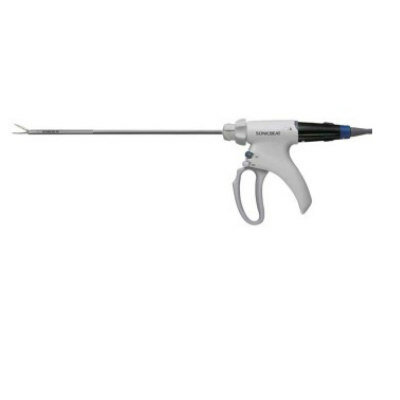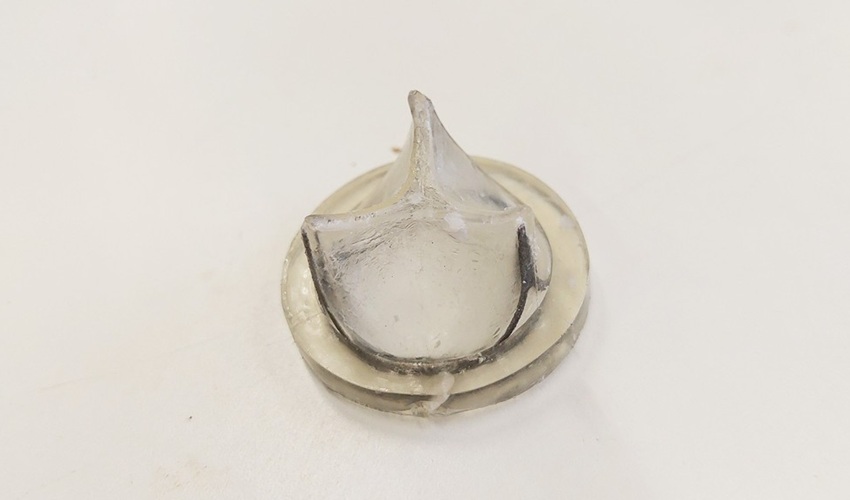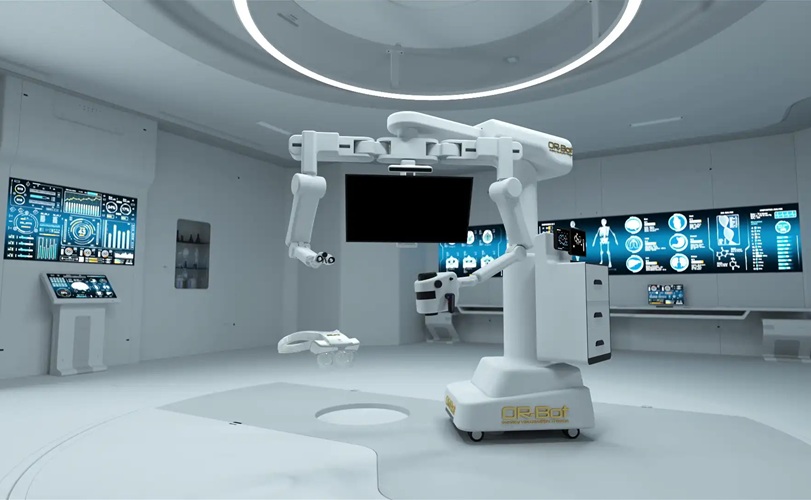Facial Thermal Imaging Combined with AI Predicts Coronary Artery Disease
|
By HospiMedica International staff writers Posted on 06 Jun 2024 |
.jpg)
Current guidelines for diagnosing coronary heart disease often rely on probability assessments of risk factors, which are not always accurate or universally applicable. These assessments can be supplemented with diagnostics such as ECG readings, angiograms, and blood tests, but these methods are often time-consuming and invasive. Thermal imaging, which detects infrared radiation emitted from an object's surface to capture temperature distribution and variations, is non-invasive. It has emerged as a promising tool for disease assessment by identifying areas of abnormal blood circulation and inflammation from skin temperature patterns. The integration of machine learning (AI), with its ability to extract, process, and integrate complex information, might improve the accuracy and effectiveness of thermal imaging diagnostics. New research has shown that a combination of facial thermal imaging and AI can accurately predict the presence of coronary artery disease.
Researchers at Tsinghua University (Beijing, China) examined the feasibility of using thermal imaging and AI to predict coronary artery disease without invasive, time-consuming techniques in 460 individuals with suspected heart disease. The participants had an average age of 58, and 126 (27.5%) were women. Thermal images of their faces were taken before confirmatory examinations to develop and validate an AI-assisted imaging model for detecting coronary artery disease. A total of 322 participants (70%) were confirmed to have coronary artery disease. These individuals were generally older, more likely to be men, and more likely to have lifestyle, clinical, and biochemical risk factors, as well as higher usage of preventive medications.
The thermal imaging and AI approach was about 13% more effective at predicting coronary artery disease than pre-test risk assessments involving traditional risk factors and clinical signs and symptoms. Among the three most significant predictive thermal indicators, the overall left-right temperature difference of the face was the most influential, followed by the maximal facial temperature and average facial temperature. Specifically, the average temperature of the left jaw region was the strongest predictive feature, followed by the temperature range of the right eye region and the left-right temperature difference of the left temple regions. This approach also effectively identified traditional risk factors for coronary artery disease, such as high cholesterol, male sex, smoking, excess weight (BMI), fasting blood glucose, and indicators of inflammation.
“The feasibility of [thermal imaging] based [coronary artery disease] prediction suggests potential future applications and research opportunities,” stated the researchers. “As a biophysiological-based health assessment modality, [it] provides disease-relevant Information beyond traditional clinical measures that could enhance [atherosclerotic cardiovascular disease] and related chronic condition assessment. The non-contact, real-time nature of [it] allows for instant disease assessment at the point of care, which could streamline clinical workflows and save time for important physician–patient decision-making. In addition, it has the potential to enable mass prescreening.”
Related Links:
Tsinghua University
Latest AI News
Channels
Surgical Techniques
view channel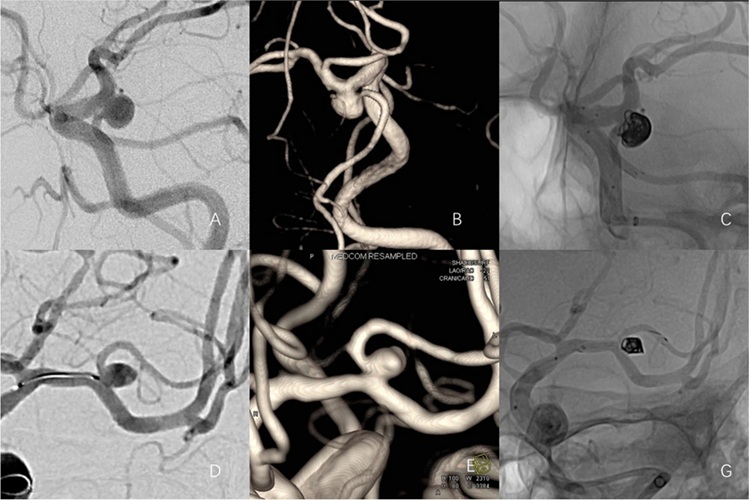
Neuroform Atlas Stent-Assisted Coiling Found Effective Even in Smaller Arteries
Aneurysms, especially when located in the brain, can be life-threatening if not treated effectively. Intracranial aneurysms, caused by the dilation of blood vessels due to weaknesses in the vessel wall,... Read more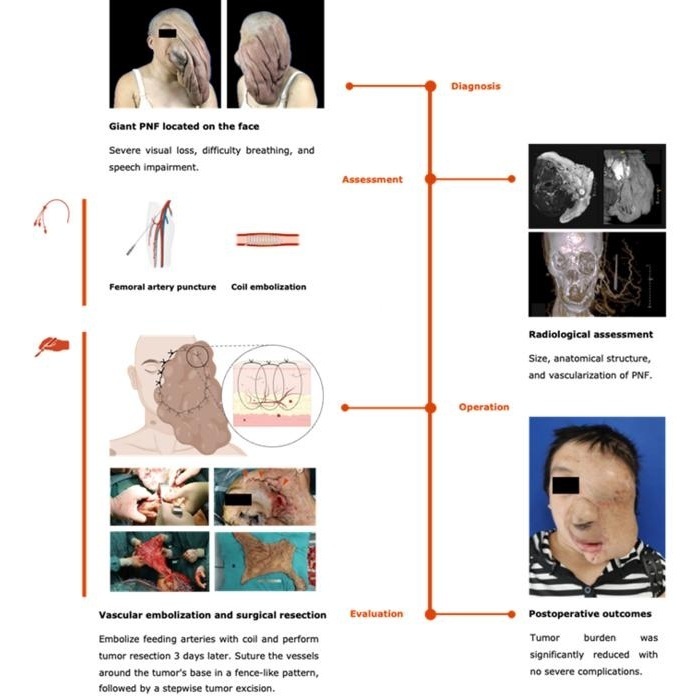
New Surgical Technique Safely Removes Giant Nerve Tumors
Giant plexiform neurofibromas (PNF) are benign tumors commonly associated with neurofibromatosis Type 1 (NF1), a genetic disorder affecting approximately 1 in 3,000 live births. These tumors, which occur... Read morePatient Care
view channel
Revolutionary Automatic IV-Line Flushing Device to Enhance Infusion Care
More than 80% of in-hospital patients receive intravenous (IV) therapy. Every dose of IV medicine delivered in a small volume (<250 mL) infusion bag should be followed by subsequent flushing to ensure... Read more
VR Training Tool Combats Contamination of Portable Medical Equipment
Healthcare-associated infections (HAIs) impact one in every 31 patients, cause nearly 100,000 deaths each year, and cost USD 28.4 billion in direct medical expenses. Notably, up to 75% of these infections... Read more
Portable Biosensor Platform to Reduce Hospital-Acquired Infections
Approximately 4 million patients in the European Union acquire healthcare-associated infections (HAIs) or nosocomial infections each year, with around 37,000 deaths directly resulting from these infections,... Read moreFirst-Of-Its-Kind Portable Germicidal Light Technology Disinfects High-Touch Clinical Surfaces in Seconds
Reducing healthcare-acquired infections (HAIs) remains a pressing issue within global healthcare systems. In the United States alone, 1.7 million patients contract HAIs annually, leading to approximately... Read moreHealth IT
view channel
Printable Molecule-Selective Nanoparticles Enable Mass Production of Wearable Biosensors
The future of medicine is likely to focus on the personalization of healthcare—understanding exactly what an individual requires and delivering the appropriate combination of nutrients, metabolites, and... Read more
Smartwatches Could Detect Congestive Heart Failure
Diagnosing congestive heart failure (CHF) typically requires expensive and time-consuming imaging techniques like echocardiography, also known as cardiac ultrasound. Previously, detecting CHF by analyzing... Read moreBusiness
view channel
Bayer and Broad Institute Extend Research Collaboration to Develop New Cardiovascular Therapies
A research collaboration will focus on the joint discovery of novel therapeutic approaches based on findings in human genomics research related to cardiovascular diseases. Bayer (Berlin, Germany) and... Read more










